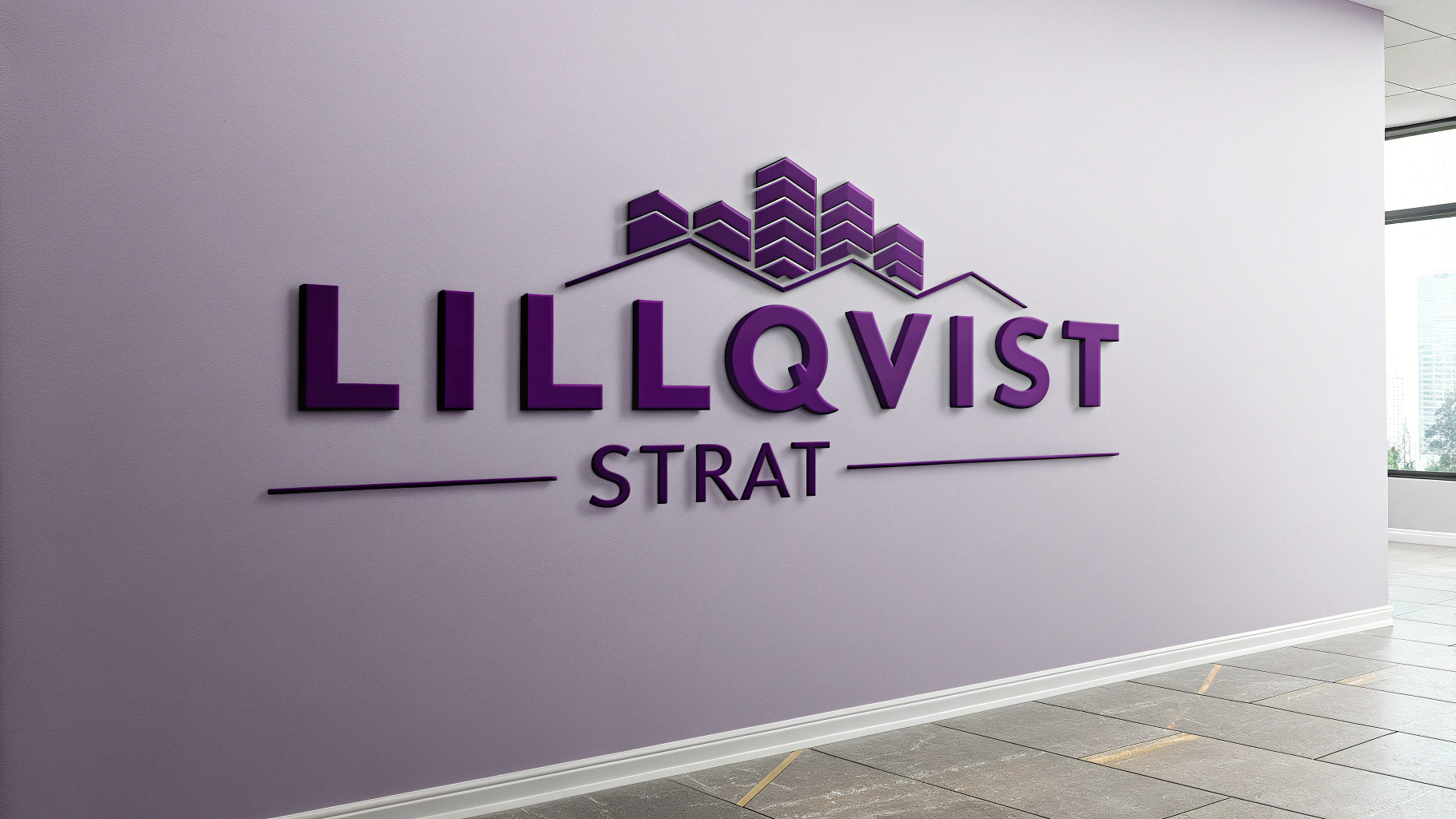Scheduling on Autopilot
Reduce No-Shows and Optimize Patient Scheduling Without Spreadsheets
Lets begin
Managing appointments manually can be a cumbersome process, especially in healthcare settings. Whether it’s a medical clinic, dental office, or therapy practice, keeping track of appointments without automation often leads to errors, no-shows, and inefficient scheduling. Automating appointment scheduling with Python and MongoDB simplifies the process, ensuring better resource utilization and improved patient experience, while cutting down administrative overhead.
The Problem: Challenges of Manual Appointment Scheduling
Manual scheduling systems, such as spreadsheets or traditional appointment books, come with several challenges that impact productivity and patient care:
❌ High Risk of Errors—Double bookings, forgotten appointments, and incorrect timing can happen, leading to poor patient experiences.
❌ No-Show Chaos—No-shows and late cancellations disrupt the schedule and waste valuable resources.
❌ Inefficient Use of Time—Staff spend hours managing the schedule, confirming appointments, and dealing with rescheduling.
❌ Limited Availability Visibility—Patients and staff struggle to see real-time availability, leading to delayed bookings.
Without automation, these issues can result in lost revenue, inefficient time management, and poor patient satisfaction.
The Solution: Automating Appointment Scheduling with Python & MongoDB
Python, when paired with MongoDB, can streamline the scheduling process, manage patient records, and optimize appointment bookings with minimal human intervention. Here’s how automation can transform your scheduling system:
1. Centralize Appointment Data with MongoDB
By storing all patient appointment data in a MongoDB database, you can keep track of appointments, cancellations, and no-shows in one centralized location. This allows for easy updates, retrieval, and real-time synchronization across staff members.
import pymongo
from datetime import datetime
# Connect to MongoDB
client = pymongo.MongoClient("mongodb://localhost:27017/")
db = client["appointment_system"]
appointments_collection = db["appointments"]
# Example: Insert a new appointment
appointment = {
"patient_name": "John Doe",
"appointment_date": datetime(2025, 2, 20, 14, 0),
"status": "Scheduled"
}
appointments_collection.insert_one(appointment)
This script stores appointment details in MongoDB, ensuring that all appointments are easily accessible by staff and updated in real-time.
2. Automate Appointment Reminders and Confirmations
Python can automatically send appointment reminders via SMS, email, or phone calls, helping to reduce no-shows and improve patient attendance rates. Additionally, automated confirmations can free up staff time.
import smtplib
from email.mime.text import MIMEText
# Email reminder function
def send_reminder(appointment):
sender_email = "clinic@example.com"
receiver_email = appointment["patient_email"]
subject = "Appointment Reminder"
body = f"Dear {appointment['patient_name']},\n\nThis is a reminder for your appointment on {appointment['appointment_date']}."
# Create email
msg = MIMEText(body)
msg["Subject"] = subject
msg["From"] = sender_email
msg["To"] = receiver_email
# Send email
with smtplib.SMTP("smtp.example.com") as server:
server.sendmail(sender_email, receiver_email, msg.as_string())
# Example: Sending a reminder for an appointment
appointment_data = {
"patient_name": "John Doe",
"patient_email": "johndoe@example.com",
"appointment_date": datetime(2025, 2, 20, 14, 0)
}
send_reminder(appointment_data)
This script sends an email reminder to patients ahead of their scheduled appointment, reducing no-shows and improving patient communication.
3. Enable Real-Time Scheduling and Availability
Using Python and MongoDB, you can offer a real-time view of availability, allowing patients to book or reschedule appointments easily, either via an app or a website. This ensures patients can quickly see available timeslots without the need for back-and-forth communication.
# Function to check availability
def check_availability(date_time):
available = appointments_collection.count_documents({"appointment_date": date_time}) == 0
return available
# Check if a specific timeslot is available
available_slot = check_availability(datetime(2025, 2, 20, 14, 0))
if available_slot:
print("The slot is available for booking.")
else:
print("The slot is already booked.")
With this script, patients can check for available timeslots before making their appointments, ensuring they don’t waste time on unavailable dates.
4. Automate Cancellations and Rescheduling
When patients need to cancel or reschedule, Python can handle these requests automatically, update the MongoDB database, and even send notifications to both staff and patients. This avoids the need for manual updates and reduces scheduling conflicts.
# Function to cancel an appointment
def cancel_appointment(patient_name, appointment_date):
result = appointments_collection.update_one(
{"patient_name": patient_name, "appointment_date": appointment_date},
{"$set": {"status": "Cancelled"}}
)
return result.modified_count > 0
# Example: Cancel an appointment
cancelled = cancel_appointment("John Doe", datetime(2025, 2, 20, 14, 0))
if cancelled:
print("Appointment cancelled successfully.")
else:
print("Appointment not found.")
This code automates the process of cancelling or rescheduling appointments, reducing manual updates and ensuring staff have an accurate, real-time view of the schedule.
How Much Time & Money Does Automation Save?
Let’s break down the time and cost savings when automating appointment scheduling:
| Task | Manual Time (per week) | Automated Time | Time Saved (%) |
|---|---|---|---|
| Appointment Scheduling | 8 hours | 30 minutes | 93.75% |
| Appointment Reminders | 5 hours | 15 minutes | 95% |
| Cancellations & Rescheduling | 4 hours | 10 minutes | 95% |
| Total Time Saved | 17 hours | 55 minutes | 96.76% |
Assuming an hourly wage of $25 for administrative staff, the time saved equals approximately $420 per week or $21,840 per year. This frees up staff to focus on more value-added tasks, such as patient care and operational improvements.
Step-by-Step Guide: Automating Appointment Scheduling with Python & MongoDB
Step 1: Store Appointment Data in MongoDB
Start by storing patient appointment data in a MongoDB database for easy access and real-time updates.
appointments_collection.insert_one(appointment_data)
Step 2: Send Automated Appointment Reminders
Use Python to send email or SMS reminders automatically to patients ahead of their appointments.
send_reminder(appointment_data)
Step 3: Check Availability in Real-Time
Create a function to check for available appointment timeslots, helping patients book directly without needing to contact staff.
check_availability(datetime(2025, 2, 20, 14, 0))
Step 4: Automate Cancellations & Rescheduling
When a patient cancels or reschedules, automate the process of updating the appointment status in MongoDB and notifying relevant parties.
cancel_appointment("John Doe", datetime(2025, 2, 20, 14, 0))
Real-World Example: A Clinic That Automated Scheduling
A dental clinic implemented automated scheduling using Python and MongoDB, resulting in:
✅ Reduced no-shows by 40% due to automated reminders and confirmations.
✅ Cut appointment scheduling time by 90%, allowing staff to focus on patient care.
✅ Increased patient satisfaction with real-time booking and quick rescheduling options.
As a result, the clinic was able to boost productivity, reduce administrative costs, and improve patient retention.
The Bottom Line: Automation Is Worth It
Automation is worth it for appointment scheduling. By implementing Python and MongoDB:
✅ Save time—eliminate manual scheduling, confirmations, and cancellations.
✅ Reduce no-shows—automate reminders and confirmations to improve attendance.
✅ Increase efficiency—real-time booking and availability reduce staff workload.
✅ Improve patient satisfaction—offer a seamless scheduling experience for patients.
Start automating your appointment scheduling today and experience significant time savings while enhancing the patient experience and improving clinic operations.

Lillqvist Strat consults on business developement, software projects, automation, SOPs, analytical tools and more.
Contact me today to get started on our journey to higher profits, more revenue and happier employees!
Go to Contact now

